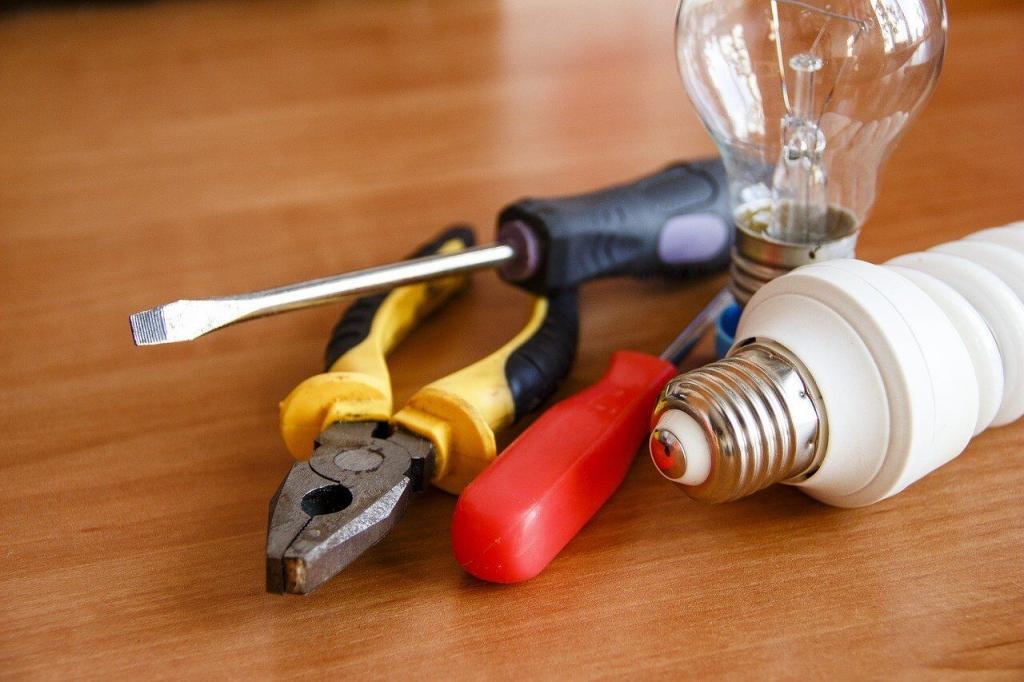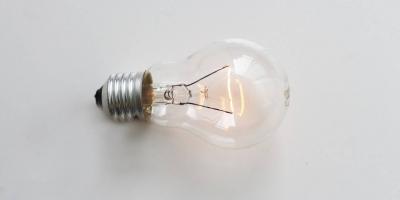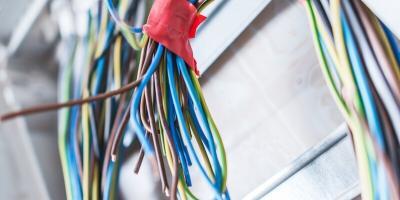Electrical troubleshooting is a widely used elimination process in which one identifies and isolates the leading cause of an electrical fault.
This is essential for every household in Sydney, as a simple nuisance tripping or faulty wiring can cause severe electrical emergencies.
Your home’s electrical wiring system involves a whole lot of complicated components. Most of the time, the task may be too risky that you’ll need a level 2 electrician to resolve the issue.

However, if you want to resolve any errors and electrical faults on your own, here are ten simple electrical troubleshooting tips you can follow. Keep in mind that dealing with electricity requires adequate safety gears and precaution. Also, before opening any panels or junction boxes, make sure to turn off your main switches.
1. Double Check Any Faulty Devices
Before you look further down the wiring junctions and switchboards, check to see if the problem exists within the faulty device. Many people make the mistake of checking other components before the actual appliance itself.
For example, a blinking light bulb may be the result of a damaged internal component, instead of a faulty wire or switch. To confirm this, you can try inserting a working bulb in the same socket to see if the problem persists.
2. Determine if the Fault is Local or Widespread
Determining the spread of a fault is critical to saving you time and effort throughout the troubleshooting process. Large-scale interruptions may cause transients and power surges, tripping surge protectors and circuit breakers within the affected area.
Besides, you can also check to see if the fault is present on your neighbours’ households. What are the odds that an external factor may cause the failure, such as an obstructed power line or a faulty transformer?
3. Check the Switches
If you can’t find the problem within the load, chances are the switch has something to do with it. Light switches and dimmers have moving parts that experience frequent wear and tear. That’s why they can be prone to electrical faults as well.
To check for switch connectivity, use an Ohmmeter to confirm the problem or rule out this possibility.
4. Inspect Your Breakers and Fuses
Take a look at your circuit breakers, switchboards, and fuse boxes because sometimes, the cause may be as simple as a blown-up fuse or a tripped circuit breaker. If you have any power point or whole house residual current device (RCD), check to see if they also tripped.
Besides, these components are designed as safety features to prevent any further damage when the circuit is overloaded or shorted. Hence, confirming that they have tripped or triggered implies an underlying fault within your system.
5. Use Your Electrical Schematic Drawings
Every household has an electrical schematic drawing that can come handy for homeowners. These blueprints are the map of all electrical systems within your home that also describes how individual power points and circuits are divided. Hence, consulting your drawings throughout the troubleshooting may help you pinpoint the issue.
6. Shut Down the Faulty Circuit
After scanning through your schematics and testing every device, you may have a pretty good idea about which circuit has the fault. Once you’ve localised the problem, it’s time to shut down the particular circuit.
For people who work with electricity, cutting off any power supply is a necessary safety precaution that should be taken. After shutting down the circuit, you need to label any switches, wires, and components that you’ve deduced to be faulty. This is for others to know that you are working on it and for you to avoid any mistakes as you proceed.
7. Locate the Flaw
Once the wiring system is down, it is now safe to inspect specific areas in your electrical wires to see if you can locate the flaw that triggered the breaker to trip. A few essential questions might also help as you work, such as:
- How many things did you plug in before the fault occurred?
- Have you used any high-demand appliances like space heaters/air conditioners in the affected circuit?
These queries will give you ideas about the last activity in your power point before the incident took place, allowing you to trace back the cause of the fault.
8. Inspect Wiring Connections
By carefully looking for signs such as discoloured fixtures and melted wires, you’ll be able to locate and isolate the fault from your electrical system efficiently. However, make sure to turn off all power and that all wiring junctions and lines are well fixed. That’s because a loose connection is primarily the cause of most short circuit faults.
9. Scan Your Neutral Wires
In an alternating current (AC) wiring system, the two wires are labelled as live (hot) wire and a neutral wire. If a hot and neutral wire does not test okay, then the neutral wire may be unable to return the current back and complete the circuit ‒ causing it to shut down.
Therefore, make sure to check all neutral wires in the suspected area, power source, and any junction leading to the flawed section.
10. When in Doubt, Seek Professional Help
You can always try to fix electrical faults yourself, but do not attempt to exceed your limits. Working beyond your comfort zone can be a daunting and hazardous task. Not only are you risking your devices from electrical damage, but you are also putting your life at severe risk.
Electricity is always dangerous to work with. Besides, if you’ve been able to isolate the issue but is unsure of how to fix it, it would be best to seek a qualified level 2 electrician to repair the problem.
Conclusion
Following safety precautions and working with attention to detail may help ensure your safety when troubleshooting an electrical fault. The ten tips we’ve discussed above are essential if you want to take matters on your own hands.
However, for a reliable and worry-free repair, the level 2 electricians from Gordon Powers will be glad to help. Our qualified Level 2 electricians are experts who will efficiently isolate and repair any electrical fault within your power system.
We have the tools and experience to identify faults to prevent short circuits and other electrical emergencies. Wherever you are in Sydney, we’ll be in and out within the hour.
Call us at (02) 9199 7480 for an appointment or inquire with us via email.










